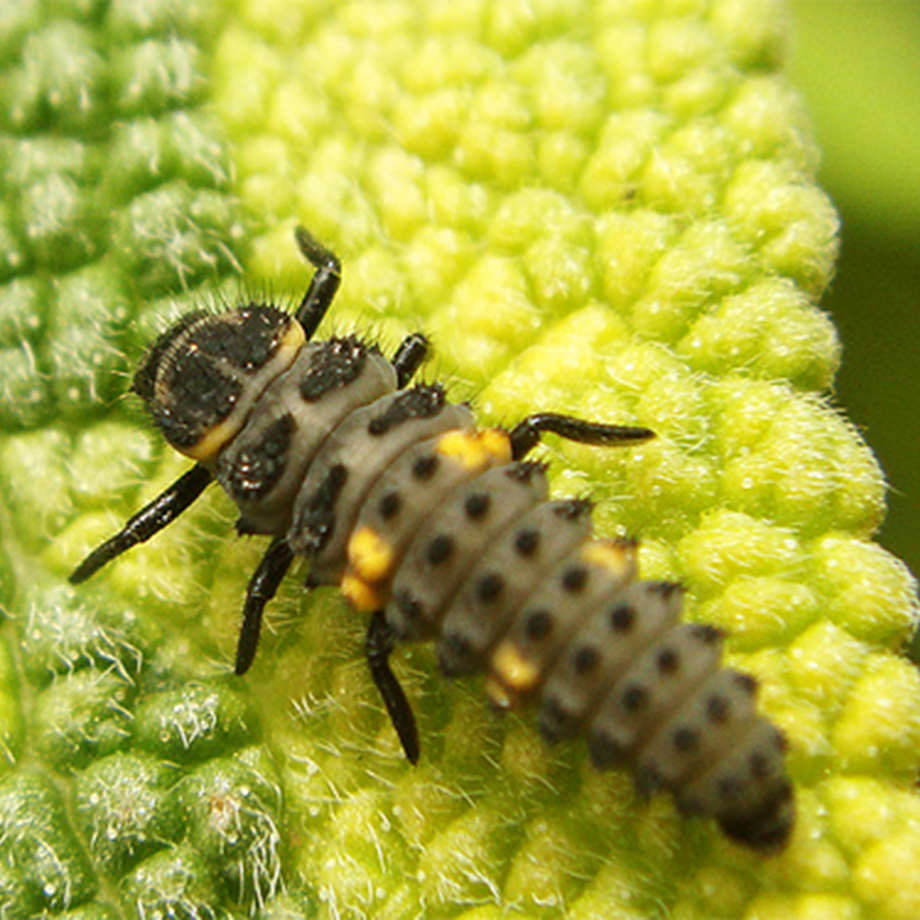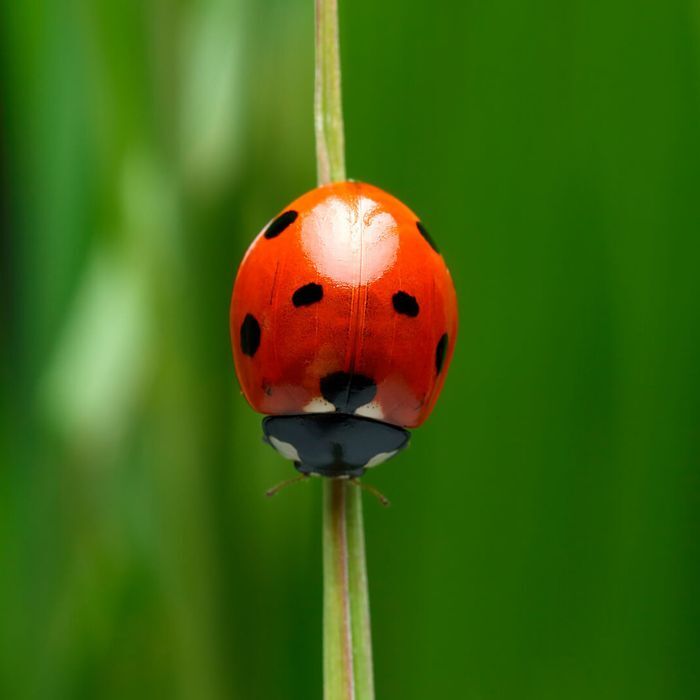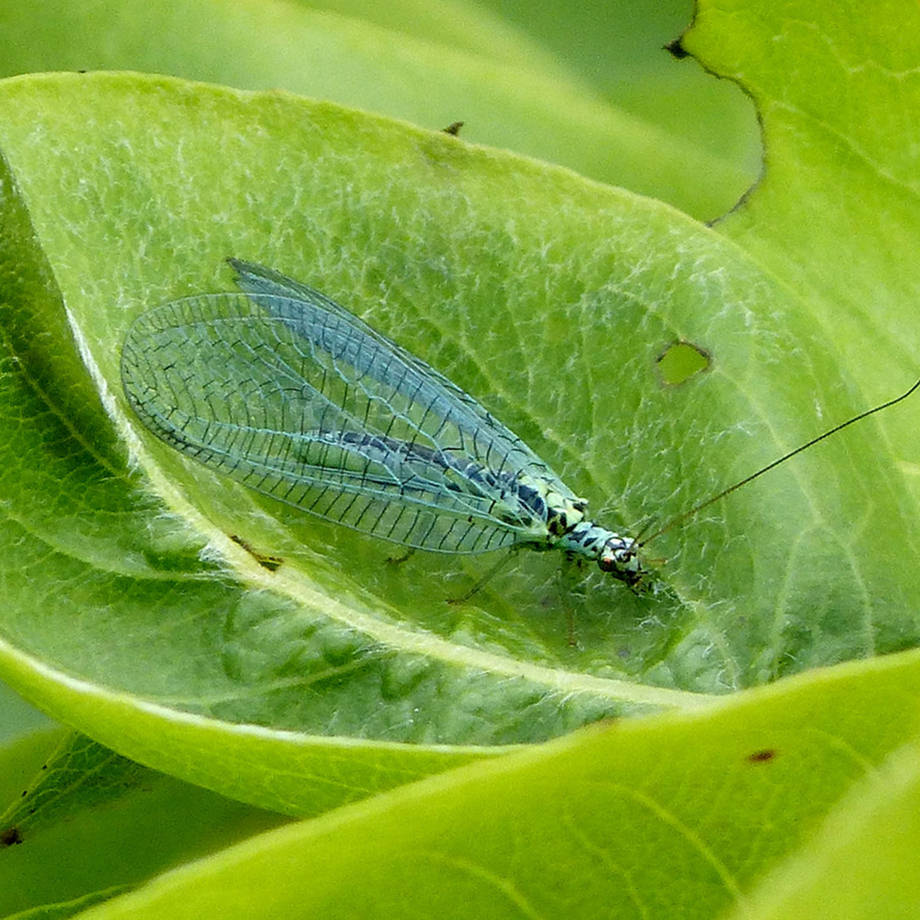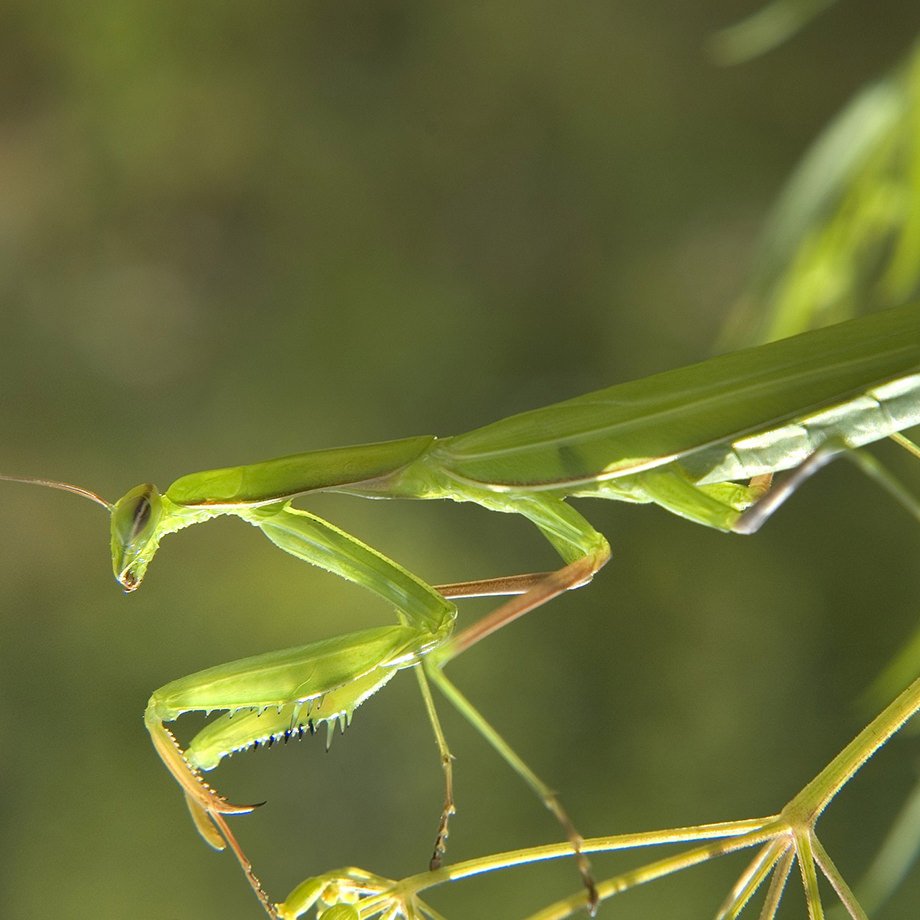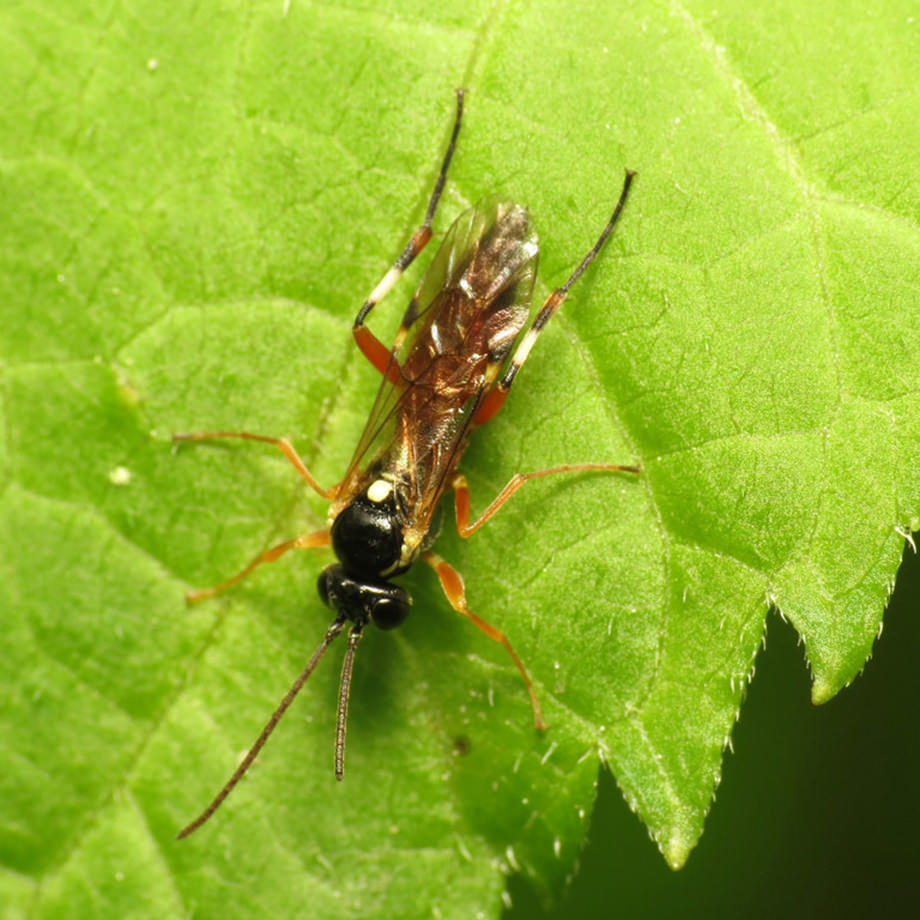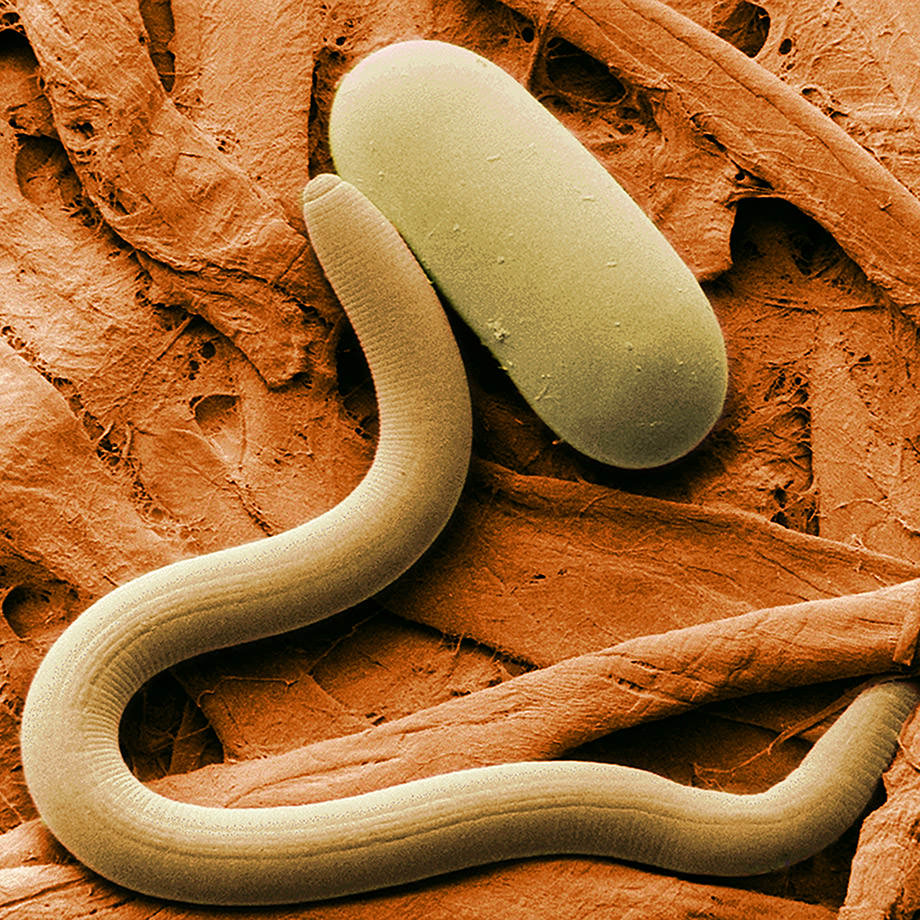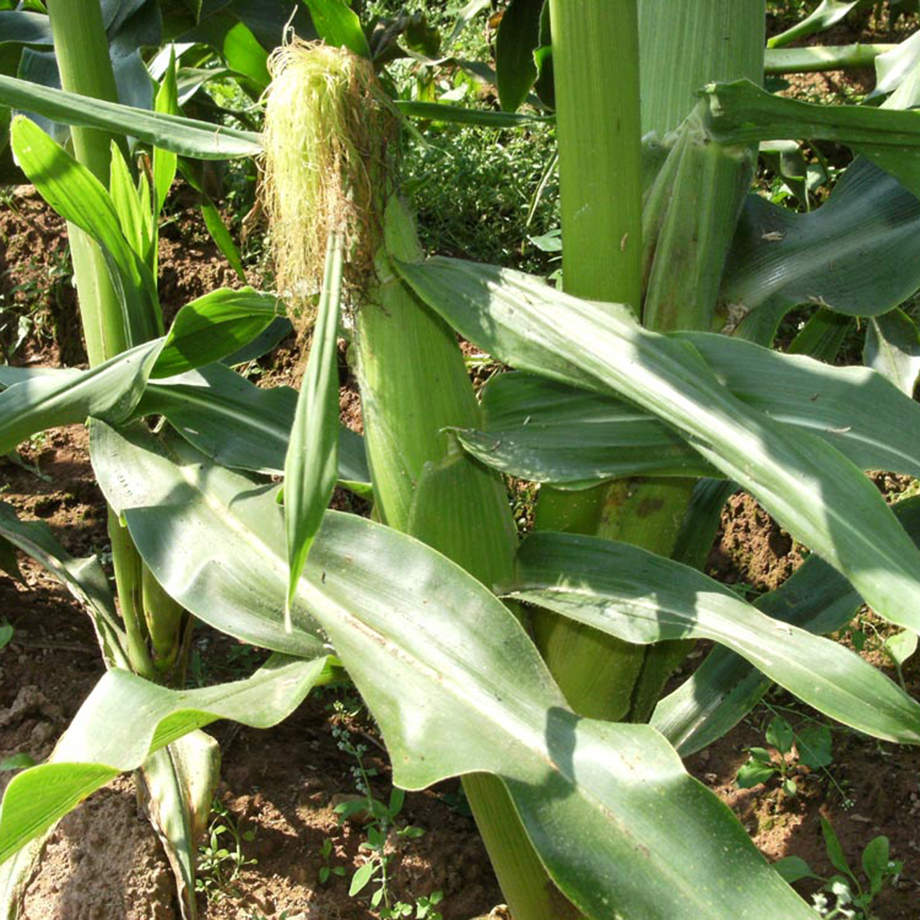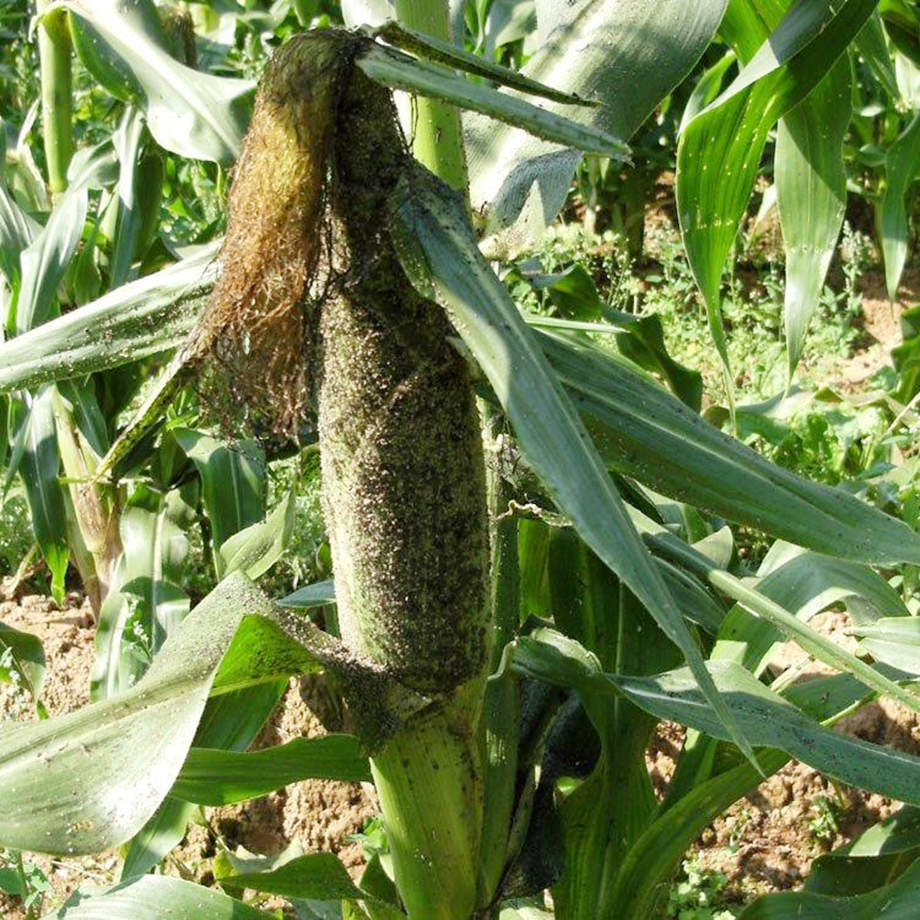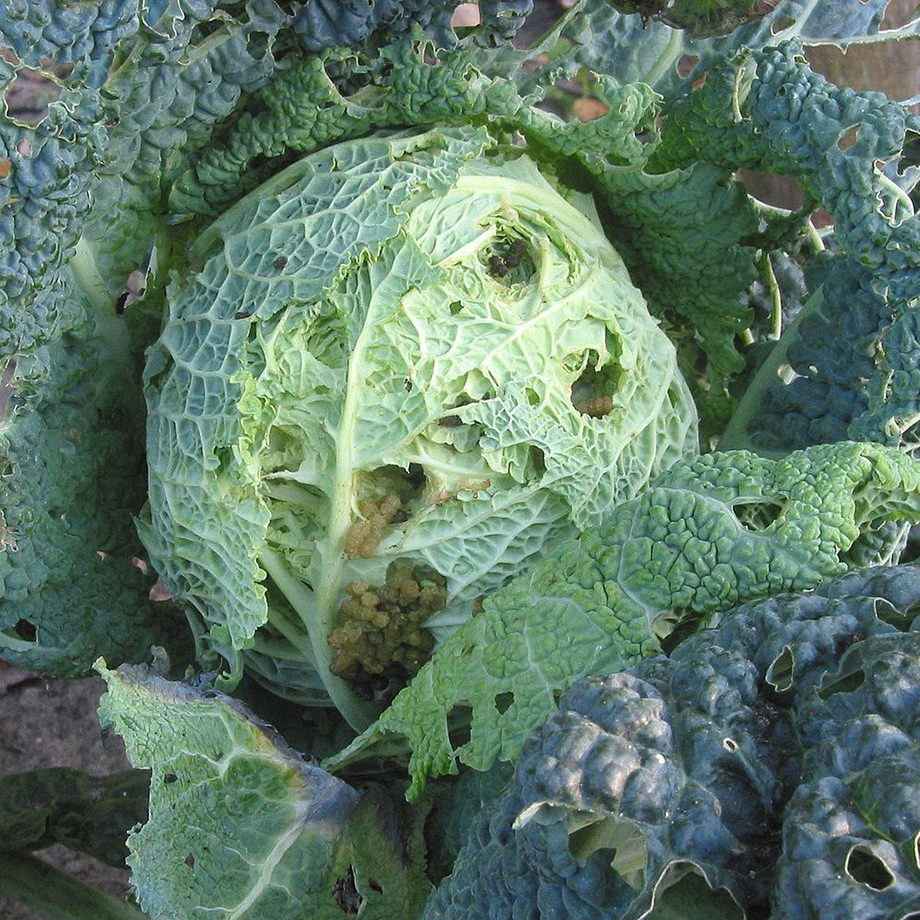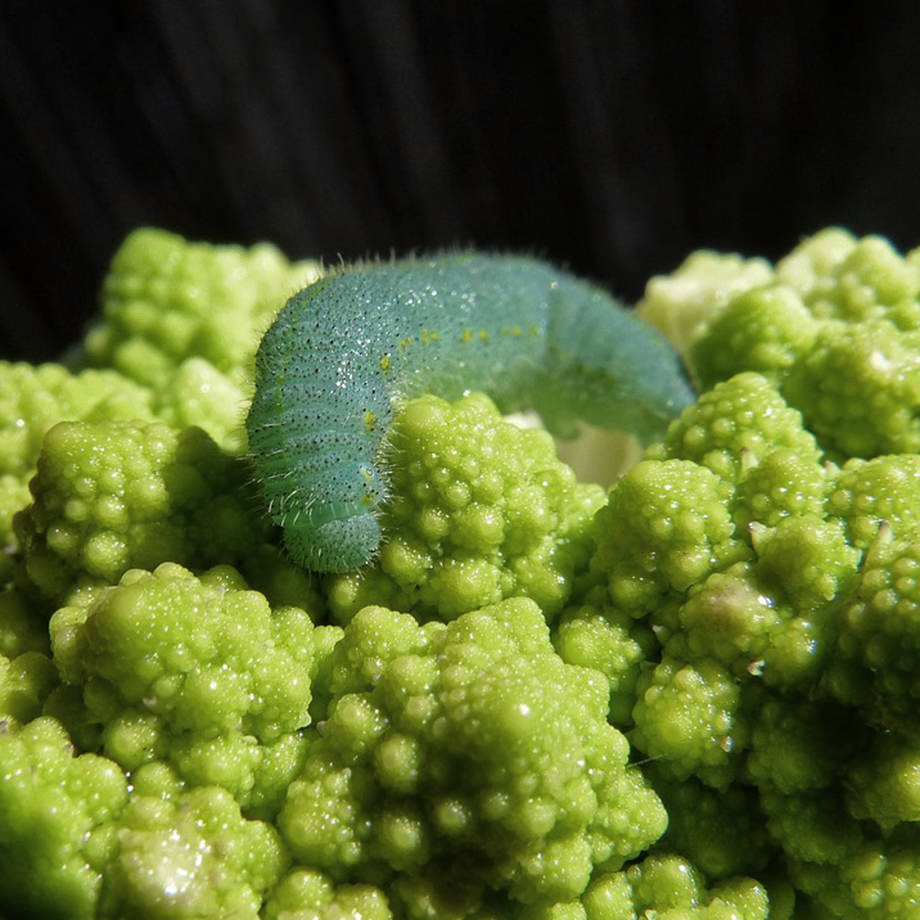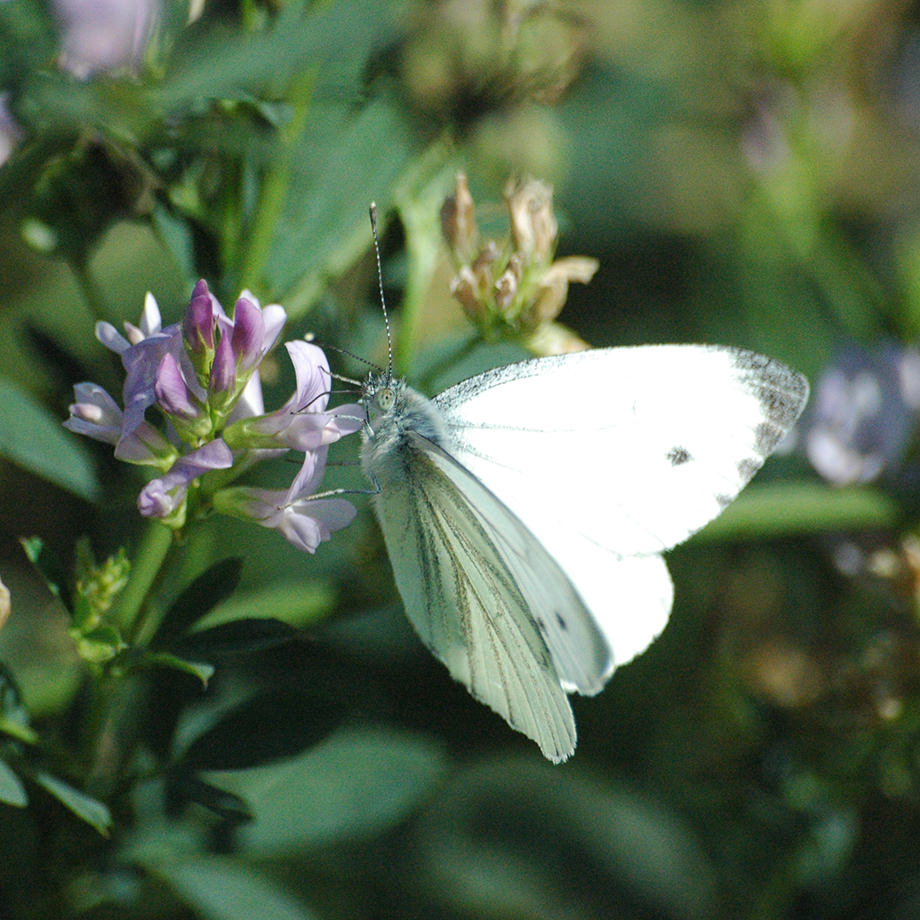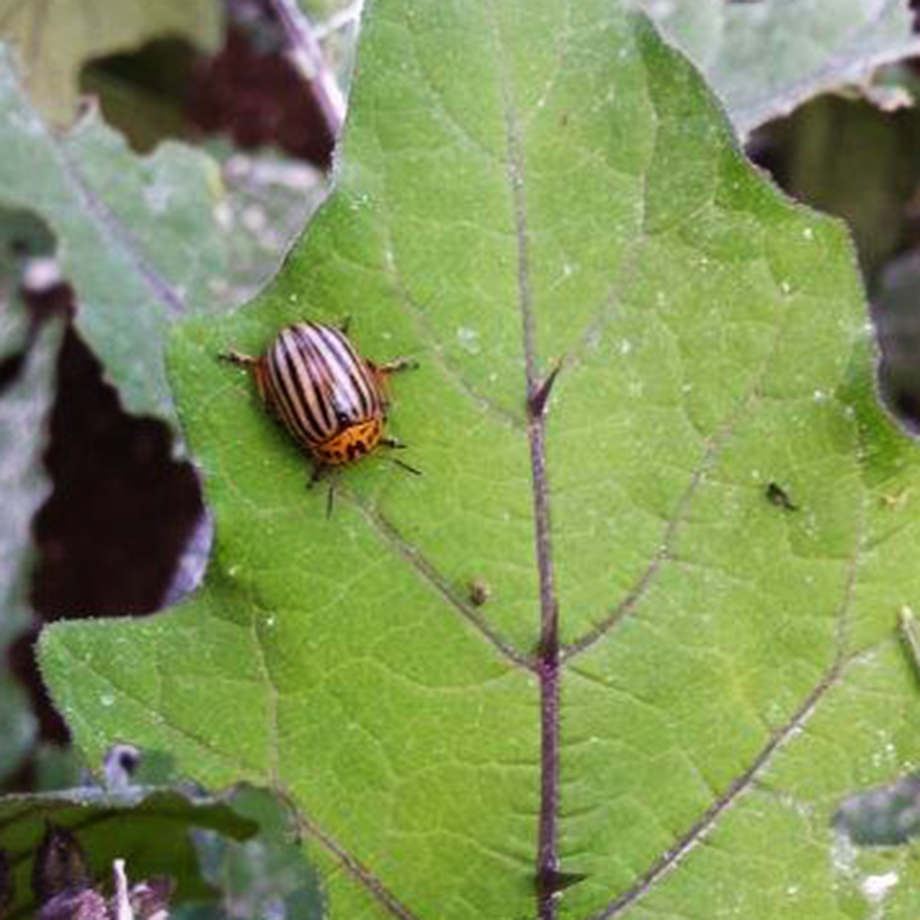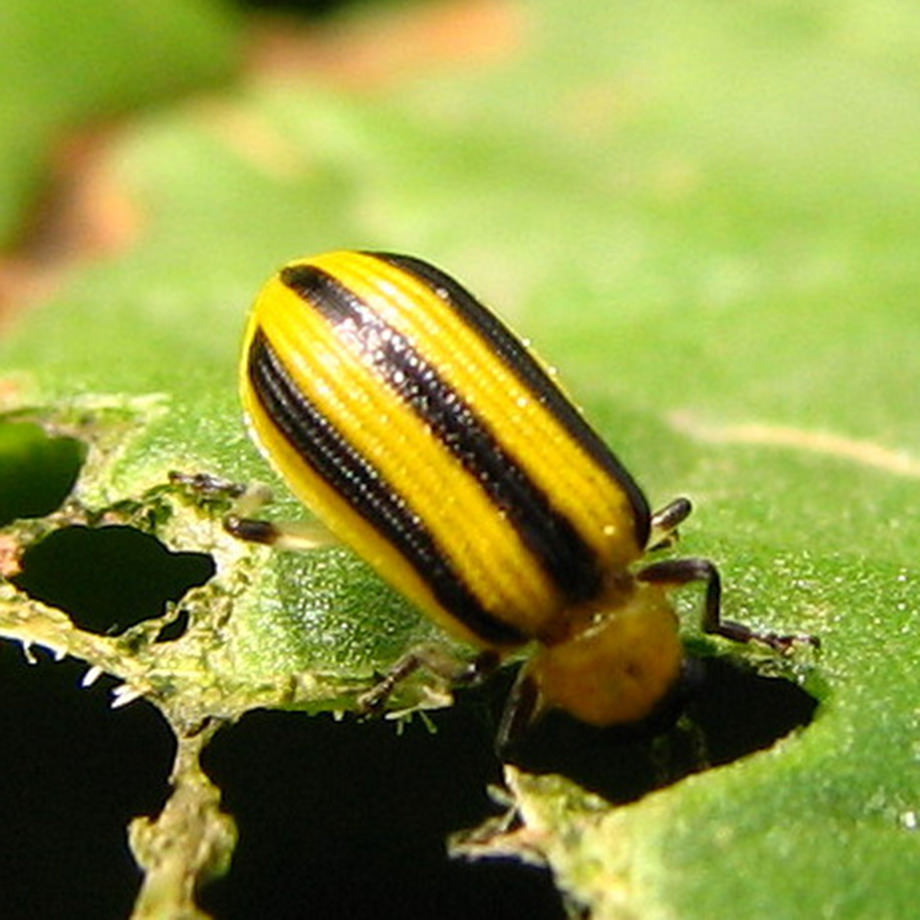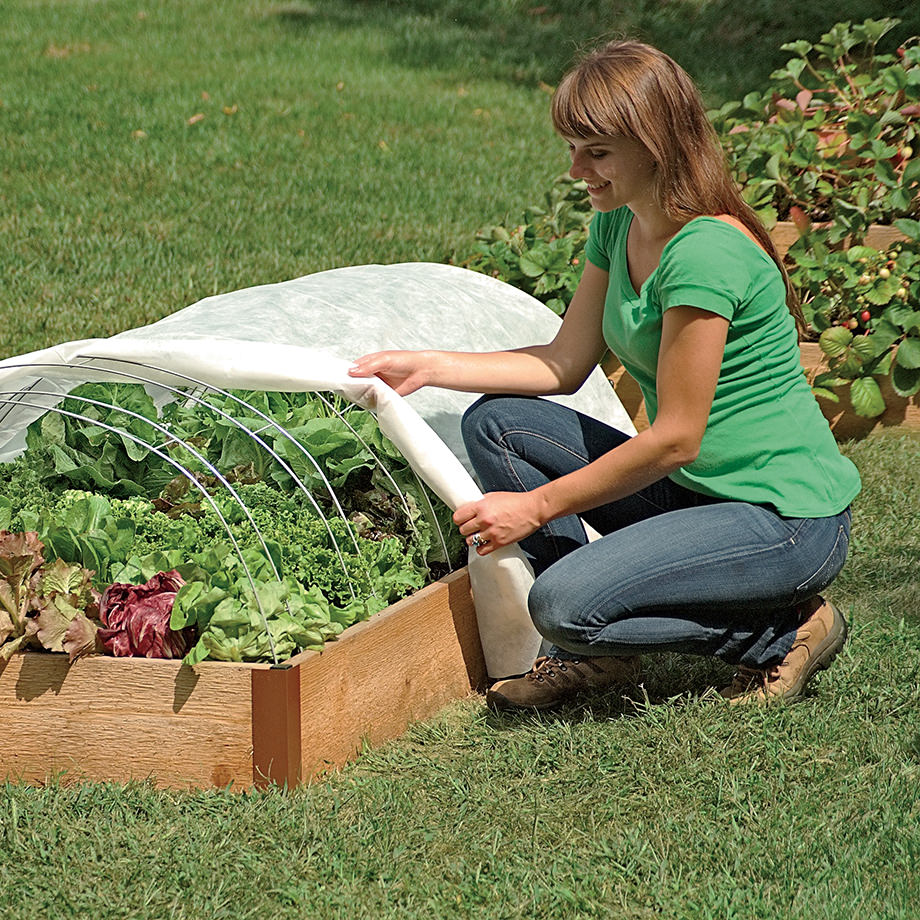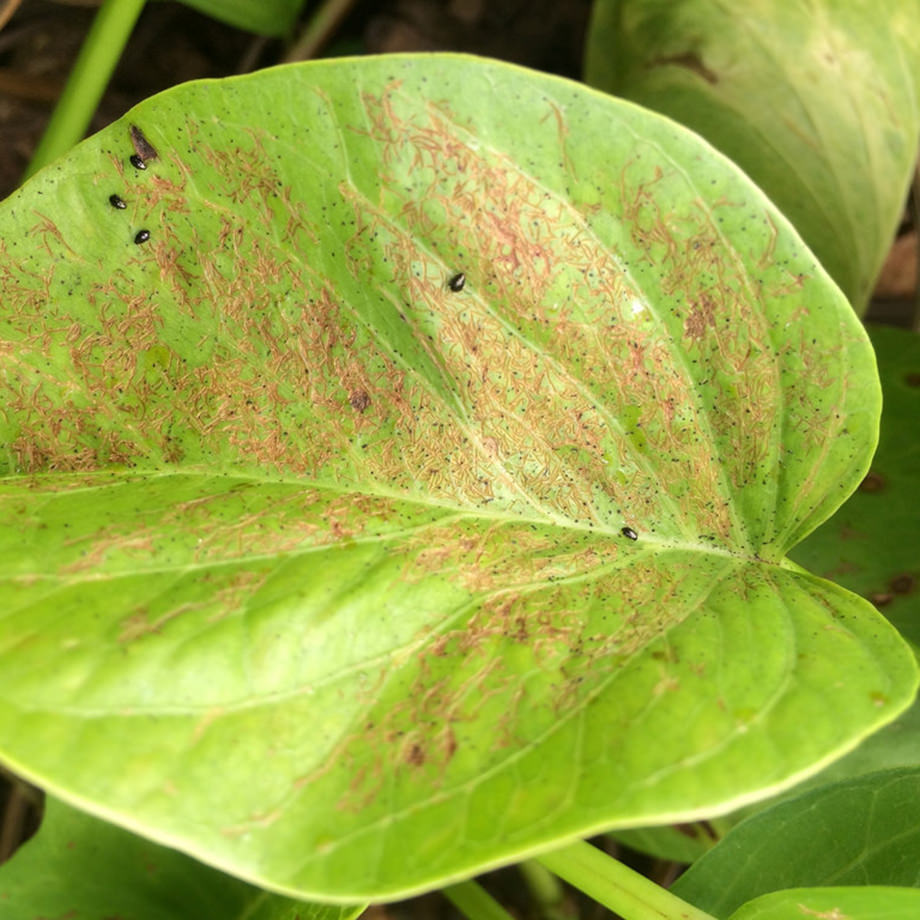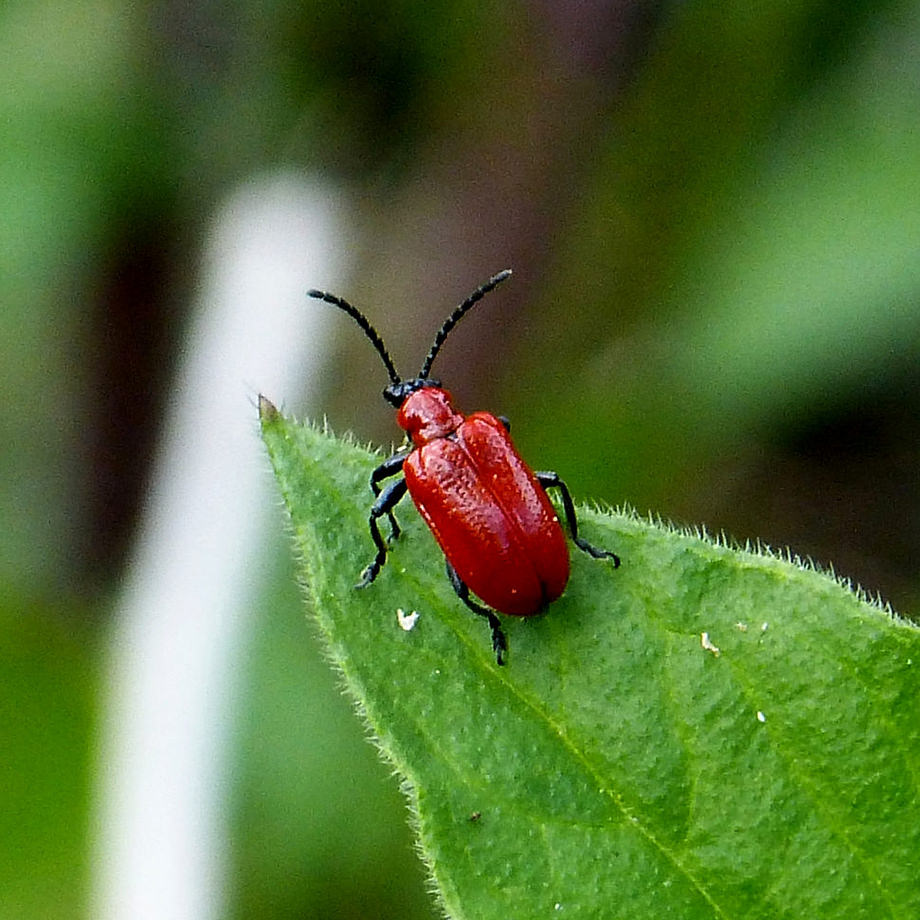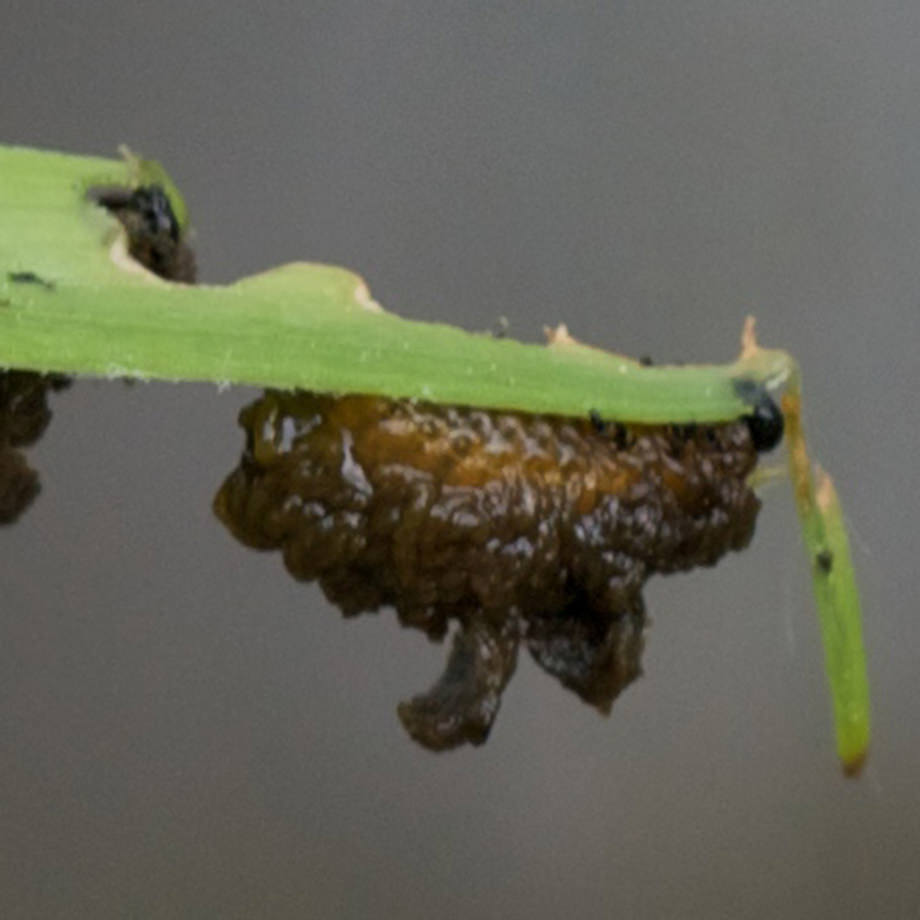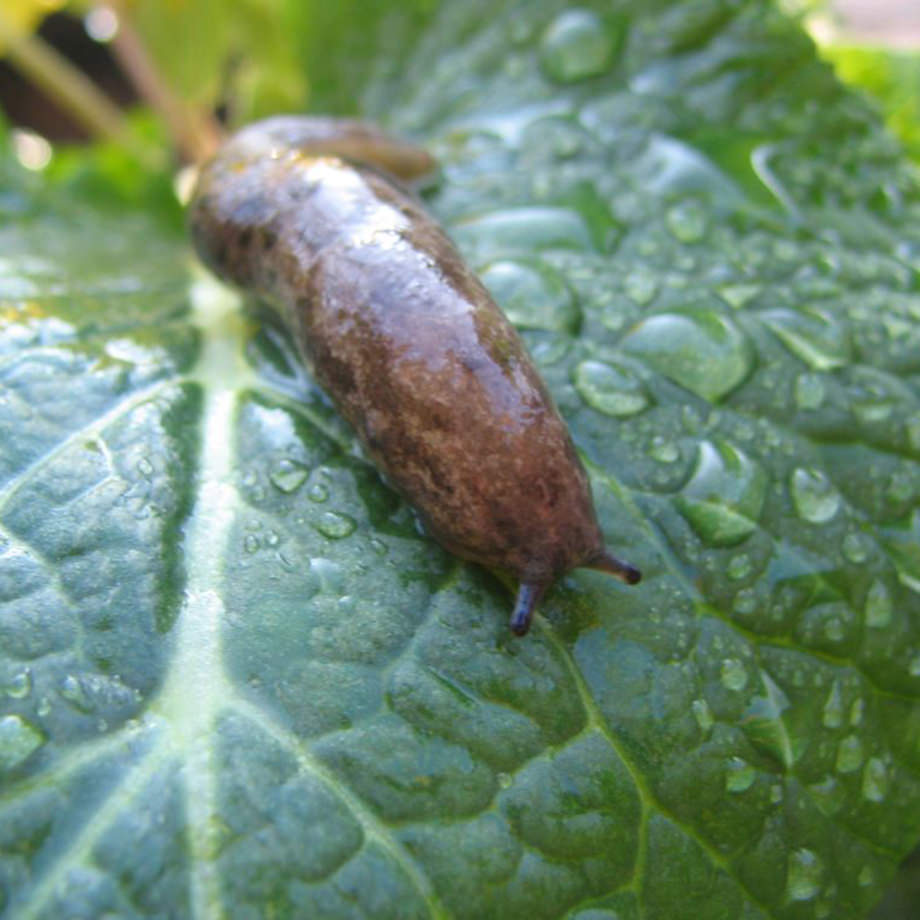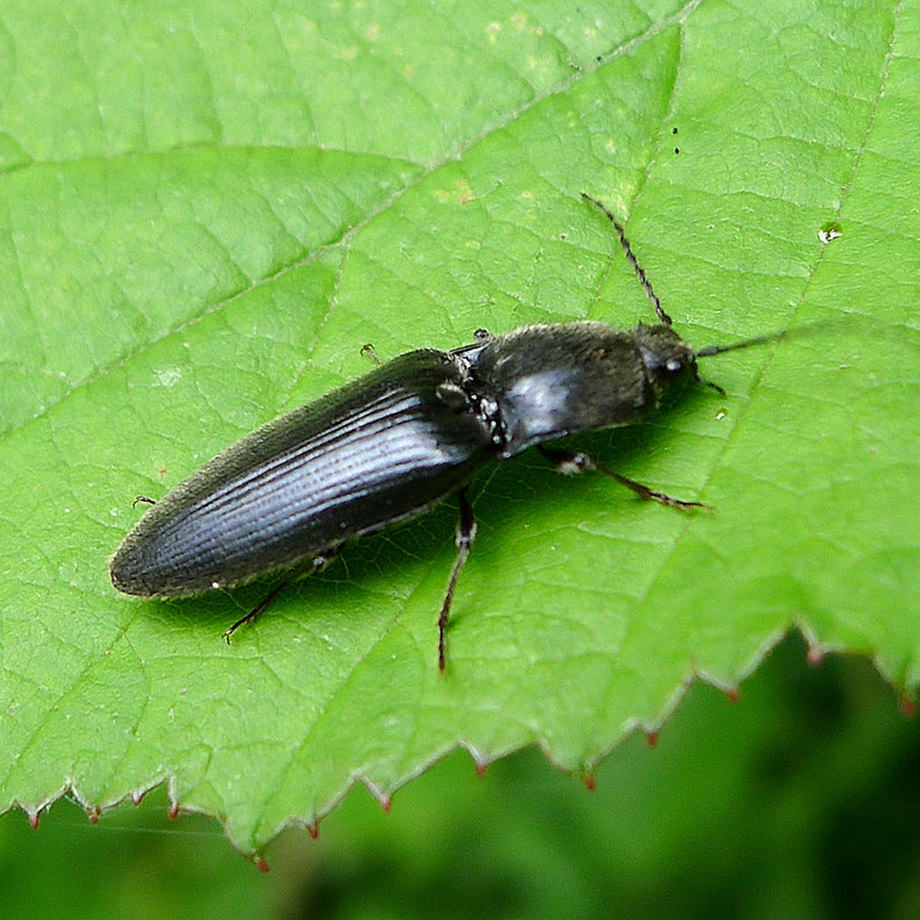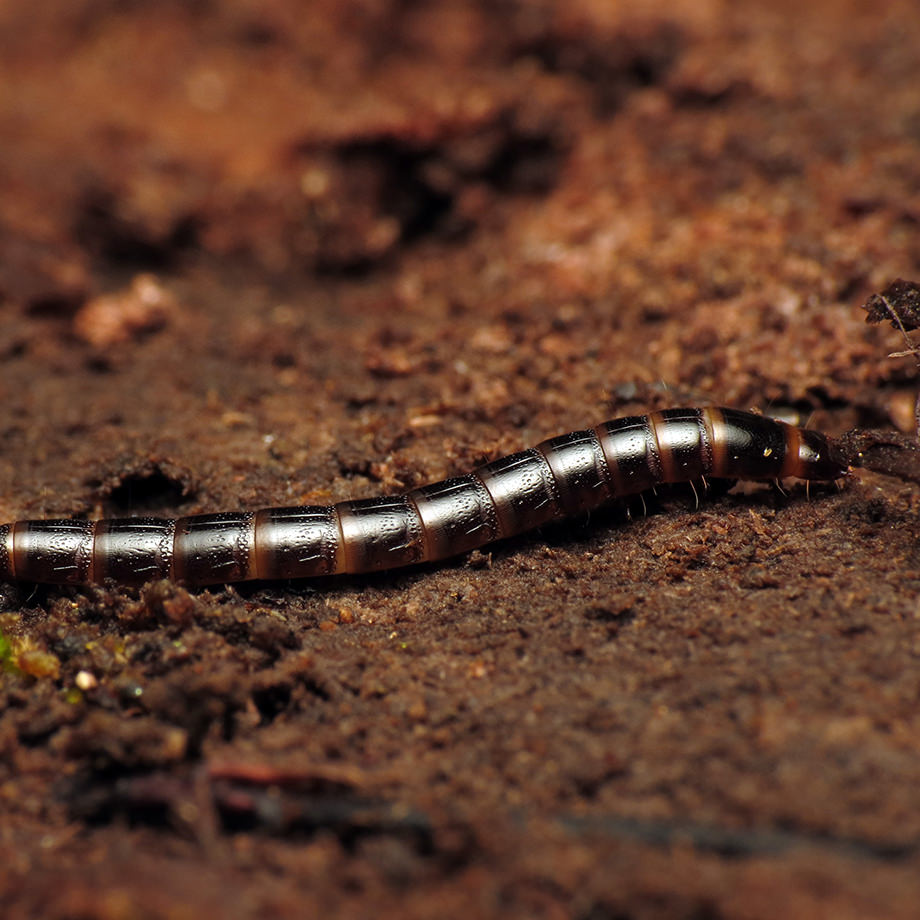Pest Control
As plants start to show successful growth and establishment, so do some nasty little bugs! When going out to your garden, some of you may be saddened by the destruction of your plants as we spend so much time and money in growing them and want them to reach their full potential. If your plants have had insect stress, your initial reaction might be to get rid of them, but you don't have to react so quickly as there are many solutions and alternatives to overcome this issue.
Identification
In order to successfully eliminate these bugs and protect our vegetables, flowers, trees, shrubs,or wherever the issue may be in your garden, the first defense is through identification. When searching for these little culprits, remember that not all bugs are destructive. We refer to the non-destructive type of bug as "Beneficial Insects".
Beneficial Insects
The more common beneficial insects and the benefits they bring to your garden are listed below along with photos which will make identification easier and more accurate. This class of insects also makes an ideal solution in dealing with pests as a biological means. In other words, instead of turning immediately to using chemicals, you can promote beneficial populations to naturally occur by creating habitats that attract these insects.
Growing types of plants that will attract beneficial insects such as Wildflower seed mixes, Cosmos, Sunflowers, Butterfly Plants and Nasturtiums to name a few, is a great start to entice and increase the beneficial population.
Lady Bugs
Most of you have likely heard that if you see many lady bugs, then the aphid population will likely be lower. Ladybugs - also known as lady beetles - enjoy eating aphids as well as other types of destructive insects. You can encourage the ladybug population with habitats such as a ladybug house or choosing not to spray any chemicals especially while these bugs are present.
Pictured above are ladybugs at both young and adult stages to help in making a proper identification.
Lacewings
Insect houses and habitats are enticing for other beneficials such as the lacewing which will also help you gain control over aphids and other bothersome insects.
Lacewing insects will consume an array of destructive bugs similar to what Lady Beetles eat. I'm sure you all have heard of mealy bugs and have had experiences with these that you want to forget. Encouraging the Lacewing population will help you solve this issue.
Parasitic Wasps & Praying Mantis
Two other popular beneficial insects that should be on your ‘want’ list are the Parasitic Wasp and the Praying Mantis. These insects are not as common as the Lady Beetle or Lacewing but can be seen in some regions. Both are pictured above to help you identify them when you are out in your garden.
Nematodes
Along with these beneficial insects mentioned comes another type called ‘Beneficial Nematodes’. Many gardeners are unaware of these types of beneficials that in particular are successful at controlling soil pest insects such as larvae or grubs. This method of control is becoming more widely known as insect and disease control methods have changed greatly over the past number of years. Beneficial Nematodes are environmentally friendly, safe and effective as an alternative to using pesticides. Keep in mind that with any organic/biological control methods, reading directions on the label will still be required. You can purchase these Beneficial Nematodes at your local agriculture centre or nursery.
"Not-so-beneficial" Insects
And now for the not-so-fun part! Well, the fun will be in the end as you gain control over these guys.
Aphids
Have you ever seen how quickly your plants can become infested with aphids?
The pictures of corn below are of the same plant, the first one is completely pest free... or at least we thought it was! Insect infestations can happen very quickly. If you are unsure of what the cob of corn is infested with, it is likely aphids. For almost every plant family, there is a specific species of aphid that feeds on that plant type. Take comfort in knowing that you can successfully gain control when when you first see them. Insecticidal soaps work well as do beneficial insects such as lady bugs or lacewings will come in handy to help gain control.
Cabbage Worm
Another type of common destructive insect is known as the cabbage worm which later develops into a white moth known as a cabbage white butterfly. The worms will tend to feed on members of the brassica family – in particular, cabbages, cauliflower and broccoli. The tiny larvae can be found on the undersides of the leaves and can easily go unnoticed. Control of these bugs can be successfully done with using row covers when first planted or the use of biological beneficial nemotodes or Bacillus thuringiensis (Bt) which is a naturally occurring bacterium that produces crystal proteins that are toxic to the worm.
Colorado Potato Beetles
Potato beetles are common in areas where members of the nightshade family are grown, such as potatoes, eggplants and tomatoes. This hard-shelled beetle will lay eggs on the stems of these plants and will later hatch into larvae. The larvae stage of this pest is typically when most damage is done and can do considerable damage to the plant, eventually killing the plant if not removed. Gardeners can combat this bug with row covers, hand-picking, biological insecticides or applications of diatomaceous earth. It’s much easier if you can remove the adult beetles before they have mated and laid eggs on the underside of the plant leaf.
Cucumber Beetles
We receive many questions about this tiny insect every spring which can appear suddenly and create a lot of damage to young plants. It is interesting how its name was derived. This insect actually prefers squash and pumpkin foliage before nibbling on cucumber plants. Quick and efficient identification and treatment is essential when dealing with this little guy.
Use of row covers as soon as the seed has been planted is your best defense against this pest. Row covers that tightly cover the soil surface where these seeds were planted, have shown great results. Once the plants are big enough and have set out their bloom, row covers will need to be removed. At this stage your plants are typically not in any real amount of danger as the population is decreased and the plants are large enough that bugs wouldn't be able to consume the plant. There are other ways in dealing with this insect, however row covers would be my first recommendation. Once you have purchased row covers, you can use them for many different plants and other uses throughout the season as they are very easy to use and re-use.
Flea Beetles
Does the damage to this plant in the photo below look familiar? Many gardeners experience this problem each year, especially on certain crops. As with many other destructive insects, flea beetles are very tiny and hard to identify. They rapidly pack a punch of damage in your garden especially on leafy green vegetables. If you look closely, you may be able see a tiny little black bug resting at the top of the leaf of this plant. They basically make the plant look like it was poked with holes leaving almost a light brown transparent look to the leaf which eventually results in nothing but a stem. Use of row covers can also be used to treat this issue and should be applied as soon as seeds or transplants have been set out to the garden. Some gardeners also find that placing yellow sticky traps throughout the problem area can catch some adults and help to control this pest.
Lily Beetles
Don't be fooled by the bright red, shiny bug pictured below, as some gardeners may mistake it for a beneficial lady beetle. It is understandable why this could happen as it does resemble a lady bugs at first glance. If this pest is left uncontrolled, it will completely defoliate and ultimately terminate all true Lilies including Asiatic, Oriental, Easter, Tiger and Turk's Cap Lilies. Lily Beetles will also feed on all Fritillaria species. The best defense against these powerful little critters is to handpick them when they are at the larvae stage. Don't be surprised if you hear a "squeak" when they get squished! Control of these bugs can be challenging as they protect themselves with a "fecal shield" preventing treatment to get through. This is the stage at which they do the most damage and is best to remove them as soon as they can be identified. They typically can be found on the undersides of the leaves in the form of a red line.
If you do continue to grow these types of lilies, be sure to space plantings to allow good sunlight penetration. Diatomaceous earth can also be applied just before lilies start to emerge through the soil in early spring. You can still plant Daylilies, as Lily beetle doesn't typically affect these types.
Slugs
Slugs can completely defoliate peas, beans as well as other types of vegetables and flowers within days, especially when plants are young. Slugs are generally not seen in daylight hours and may make it hard to identify as being the problem in gardens. Slugs will show their presence in gardens as they leave shiny, sticky clear trails behind. There are many alternatives for control over slugs. Broadcasting a product known as Diatomaceous Earth applied to the top of the soil around the baseline of plants has shown great success. Slugs will stay away as this product is very sharp for them to crawl across. Some gardeners use Slug Traps that are also successful in reducing the damage that slugs bring to plants. These are a few of many types of control methods when dealing with slugs.
Wireworms
One of the biggest problems many vegetable growers have been experiencing in the more recent years is damage to certain crops from wireworms. This pest gets its name perfectly from its "wiry" form and is known as wireworm which later matures to a hard shelled beetle known as the click beetle. Adult click beetles over winter in the soil and emerge in early spring.
Like most pests, it's the young stage that does the most destruction. The larvae of most insects feed off the foliage or roots of plants and quickly grow into healthy mature adults. This life cycle continues all over again at certain times of the growing season as with the majority of insects. Wireworms feed off the roots of many types of plants and in particular vegetables. Most damage occurs in early spring mainly because at this stage the worms reach the top layers of soil.
Control measures for these pests continues to be quite a challenge. Researchers have been working on coming up with ways to get ahead and at this point have found some solutions for minimizing but not necessarily gaining full treatment. Some helpful cultural practices can be followed: avoid very early or very late seeding, shallow tilling in early spring can injure and expose the destructive larvae, light topping of compost or even applying fertilizer that has a high Phosphorus count can be effective as well. Compost should be applied late in the year or early the next spring and tilled in the soil. Manage your soil’s tilth, as damage is less likely in heavy or very light soil. In cool and wet seasons wireworms tend to be found in upper levels of soil. However, the good news is that during hot and dry weather that we prefer, wireworms don't! They tend to migrate deeper into soil to find their ideal habitats and damage during these times is lessened.
Other organic control methods include delaying the planting of your crop, crop rotations and planting cover crops of brown mustard or buckwheat in worm-infested fields for two consecutive years. Brown mustard in particular has shown positive results in our own fields for wireworm control.
Unidentified Pests?
Of course there are many other types of destructive insects, and we will continue to add more to this page, however we encourage you not to let pest issues prevent you from the joy of growing a garden and all of the benefits that go along with it.
Please feel free to contact us though Facebook, email or good old-fashioned phone calls if you are curious as to what may be bugging your flower or vegetable gardens. Send us your photos! We are always happy to help.




